The U.S. Bureau of Labor Statistics released its June Inflation report on July 11th showing Annual Inflation was down from 3.3% in May to 3% in June.
(But since we calculate it to two digits, it was actually 3.27% in May and 2.97% in June.) On a non-seasonally adjusted basis, monthly inflation in June was 0.03%. The Cleveland FED had been predicting that the inflation rate would come in at 3.12% so inflation was considerably lower than expectations.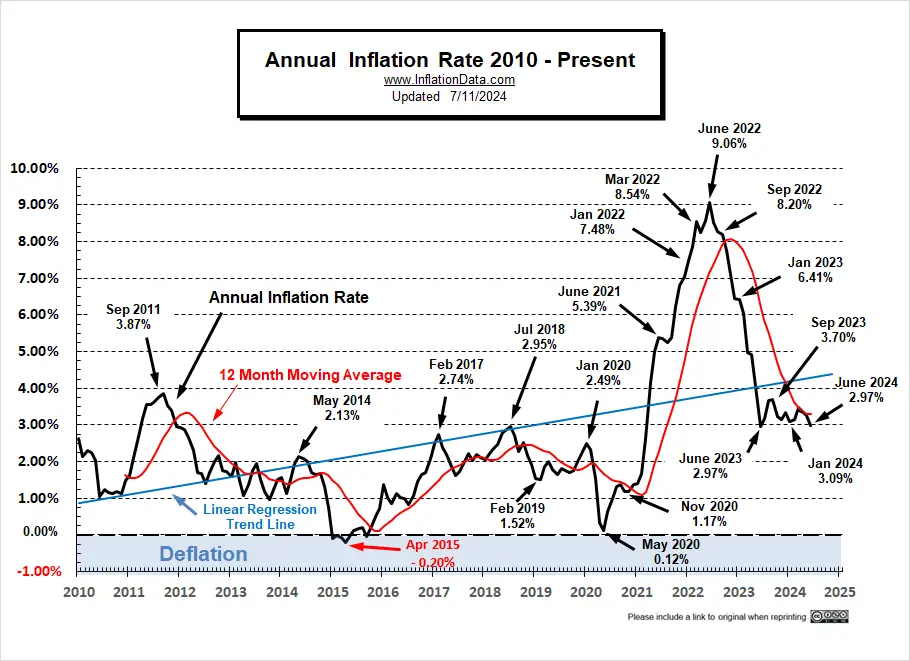
Markets took this as a good sign hoping for rate cuts possibly in September and rallied. The biggest beneficiaries were small cap stocks which have been beaten down by higher interest rates. The FED has been hinting that they would probably only have one rate cut this year.
(Here’s a secret for you: Despite what the market thinks, the FED may not have any rate cuts this year. Why? Because by the time they are ready to cut rates, i.e., around September, it will be election season, and the optics of a rate cut would make them look partisan.)
Although, it is possible that with enough foreshadowing they will do the cut and say, see we told you it was coming. But it is equally likely that they may not. In addition, the 4th quarter typically is disinflationary so… Why would the FED cut rates when inflation will be moderating further anyway?
Monthly Inflation:
June 2023 was 0.32% so getting only 0.03% in 2024 resulted in a significant drop in Annual inflation.
But… July 2023 monthly inflation was 0.19% so there is not as much room for another drop this month and we could easily see a flat to a slight increase. Go here to view our current MIP projection.
Last Month’s Projection for June: The actual decrease was below our “Extreme low” number.
June 2024 Inflation Summary:
- Annual Inflation fell from 3.27% to 2.97%
- CPI Index rose from 314.069 to 314.175
- Monthly Inflation for June was 0.03%
- Next release August 14th 2024
| Jan | Feb | Mar | Apr | May | June | July | Aug | Sep | Oct | Nov | Dec | |
| 2022 | 7.48% | 7.87% | 8.54% | 8.26% | 8.58% | 9.06% | 8.52% | 8.26% | 8.20% | 7.75% | 7.11% | 6.45% |
| 2023 | 6.41% | 6.04% | 4.98% | 4.93% | 4.05% | 2.97% | 3.18% | 3.67% | 3.70% | 3.24% | 3.14% | 3.35% |
| 2024 | 3.09% | 3.15% | 3.48% | 3.36% | 3.27% | 2.97% |
BLS Commentary:
The BLS Commissioner reported:
The Consumer Price Index for All Urban Consumers (CPI-U) declined 0.1 percent on a seasonally adjusted basis, after being unchanged in May, the U.S. Bureau of Labor Statistics reported today. Over the last 12 months, the all items index increased 3.0 percent before seasonal adjustment. The index for gasoline fell 3.8 percent in June, after declining 3.6 percent in May, more than offsetting an increase in shelter. The energy index fell 2.0 percent over the month, as it did the preceding month.
The index for food increased 0.2 percent in June. The food away from home index rose 0.4 percent over the month, while the food at home index increased 0.1 percent. The index for all items less food and energy rose 0.1 percent in June, after rising 0.2 percent the preceding month. Indexes which increased in June include shelter, motor vehicle insurance, household furnishings and operations, medical care, and personal care. The indexes for airline fares, used cars and trucks, and communication were among those that decreased over the month.
The all items index rose 3.0 percent for the 12 months ending June, a smaller increase than the 3.3-percent increase for the 12 months ending May. The all items less food and energy index rose 3.3 percent over the last 12 months and was the smallest 12-month increase in that index since April 2021. The energy index increased 1.0 percent for the 12 months ending June. The food index increased 2.2 percent over the last year.
Looking at Table A below we can see that on a Monthly basis, energy is down. Last month the media was making a big deal about the Seasonally Adjusted all items being Zero this month it is actually negative! But what does that mean? Inflation was average last month and slightly below average this month, which is better than being above average, but so what? Annual inflation matters, monthly inflation can only give us a hint as to what is coming, but that is about it.
On an annual basis, Services were still the problem… with food away from home at 4.1%, Utilities around 4%, Shelter at 5.2%, and Transportation Services at a whopping 9.4%.
Although these “Seasonally Adjusted” numbers are slightly different than those presented by the BLS, the following chart from the Federal Reserve shows the gap between inflation with and without Food and Energy. Comparing the two we can see how much food and energy contribute toward overall inflation.
If the blue line is above the red line, food and energy, add to the overall inflation rate. But if blue is below the red line, they are actually mitigating overall inflation. With Energy prices on a monthly basis still negative they are still moderating overall inflation.
Source: St. Louis FED
FED Assets
FED assets have been declining for a while in an effort to get inflation under control and have nearly sopped up all the excess liquidity created during the unnecessary QE 5.
M2 Money Supply
Looking at the M2 money supply we see a different picture as the money supply is stealthily growing, at much the same pace as last decade.
Here we see a steady growth of the money supply from 2009 through 2020 then a sharp spike as we saw with FED assets and then a slightly less sharp incline (but longer duration) taking M2 to 22 Trillion dollars in 2022. From 2022 to 2023 we see the decline we would expect due to the reduction of FED assets… BUT rather than continuing to decline in 2023 as FED assets do, M2 levels out and despite FED assets declining in 2024 M2 actually shows a bit of an uptick. This could be the reason for the rebound in the stock market, beginning at about the same time as this uptick in M2. Not surprisingly, this is just in time to boost the market for the November election.
Typically, the FED tries to keep things as steady as possible during an election year, to avoid the appearance of partiality. But as we noted in the NYSE ROC commentary, the M2 money supply is increasing despite FED assets declining. This could be a stealth move to boost the market (and help Biden) just in time for the election. Rumor has it that FED chairman Jerome Powell doesn’t like Trump… primarily, I believe, because Trump has tried to reign in the FED’s money-printing ability and return to a quasi-gold standard. Trump has recently come out pro-crypto.
Energy Prices
Overall energy prices have been down over the last year because the government was flooding the market with cheap oil by depleting our strategic petroleum reserves. But at some point, they have to replace those reserves (perhaps at much higher prices). Note: Reserves would have started at much higher levels had Democrats not refused Trump’s request to increase reserves when oil was cheap.
This chart from the U.S. EIA shows the extent of the recent strategic petroleum reserve drawdown compared to those of Desert Storm, various hurricanes, and other supply disruptions. Unfortunately, the E.I.A. is always a couple of months behind in updating its chart. But with the data we have we can see that the recent draw-down dwarfs all of the others combined. In July 2020, the SPR stood at 656,140,000 barrels. It has started to tick up in the last few months.
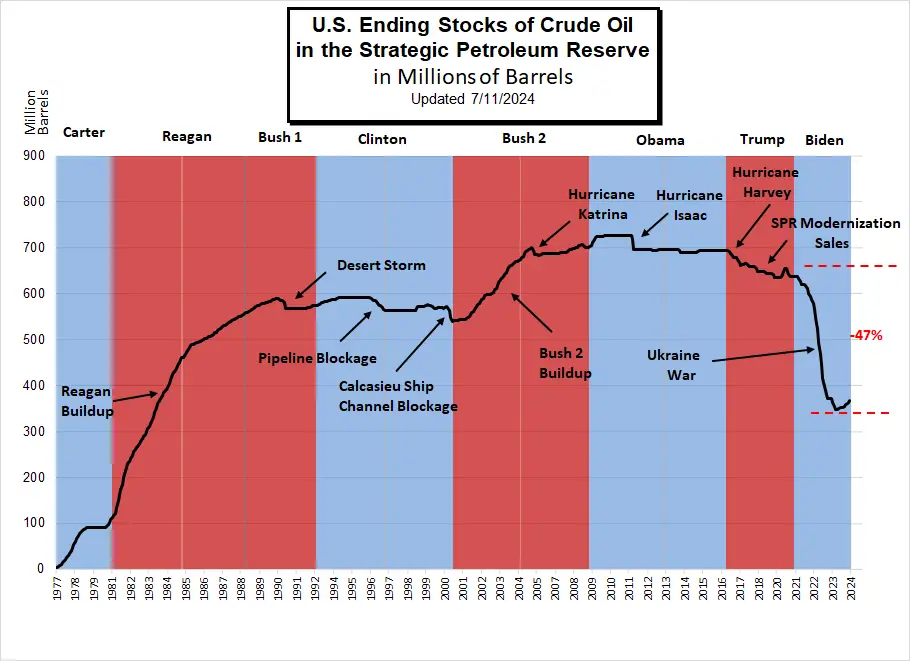 Note: Section 404 of the Bipartisan Budget Act of 2015 authorizes the Secretary of Energy to draw down and sell up to $2 billion of SPR crude oil, for fiscal years (FY) 2017 through 2020, to carry out an SPR modernization program.
Note: Section 404 of the Bipartisan Budget Act of 2015 authorizes the Secretary of Energy to draw down and sell up to $2 billion of SPR crude oil, for fiscal years (FY) 2017 through 2020, to carry out an SPR modernization program.
EIA Data History of SPR Releases
U.S. Ending Stocks of Crude Oil in SPR
(Million Barrels)
| Jan | Feb | Mar | Apr | May | Jun | Jul | Aug | Sep | Oct | Nov | Dec | |
| 2010 | 726.612 | 726.608 | 726.604 | 726.599 | 726.594 | 726.591 | 726.586 | 726.581 | 726.513 | 726.550 | 726.547 | 726.545 |
| 2020 | 634.967 | 634.967 | 634.967 | 637.826 | 648.326 | 656.023 | 656.140 | 647.530 | 642.186 | 638.556 | 638.085 | 638.086 |
| 2021 | 638.085 | 637.773 | 637.774 | 633.428 | 627.585 | 621.304 | 621.302 | 621.302 | 617.768 | 610.646 | 601.467 | 593.682 |
| 2022 | 588.317 | 578.872 | 566.061 | 547.866 | 523.109 | 493.324 | 468.006 | 445.057 | 416.393 | 398.569 | 388.419 | 372.030 |
| 2023 | 371.579 | 371.579 | 371.175 | 363.723 | 354.366 | 347.158 | 347.454 | 350.330 | 351.274 | 351.274 | 351.911 | 354.684 |
| 2024 | 358.013 | 360.958 | 363.934 | 366.917 | NA | NA | NA | NA | NA | NA | NA | NA |
Inflation Chart
Monthly Inflation Compared to Previous Years:
The monthly inflation rate for June 2024 was 0.03%.
In the chart below, we can see how the UNADJUSTED monthly inflation compares between 2018 (light green), 2019 (light blue), 2020 (pink), 2021 (purple), 2022 (orange), 2023 (dark), 2024 (teal). Interestingly, January 2018 and January 2024 are identical. In 2024 monthly inflation started a bit higher than average at 0.54%, 0.62%, 0.65%, but April, May, and June 2024 came in significantly lower than 2023, which brought annual inflation down a bit. And June was very low at 0.03%
Not Seasonally Adjusted Monthly Inflation Rates
Note: January 2022’s 0.84% was the highest January since 1990. June was the highest June since 1941 (although the first quarter of 1980 had some higher rates). Typically, the first quarter has the highest monthly inflation and the 4th quarter is the lowest (even negative).
| Jan | Feb | Mar | Apr | May | Jun | Jul | Aug | Sep | Oct | Nov | Dec | |
| 2016 | 0.17% | 0.08% | 0.43% | 0.47% | 0.41% | 0.33% | (0.16%) | 0.09% | 0.24% | 0.12% | (0.16%) | 0.03% |
| 2017 | 0.58% | 0.31% | 0.08% | 0.30% | 0.09% | 0.09% | (0.07%) | 0.30% | 0.53% | (0.06%) | 0.002% | (0.06%) |
| 2018 | 0.54% | 0.45% | 0.23% | 0.40% | 0.42% | 0.16% | 0.01% | 0.06% | 0.12% | 0.18% | (0.33%) | (0.32%) |
| 2019 | 0.19% | 0.42% | 0.56% | 0.53% | 0.21% | 0.02% | 0.17% | (0.01%) | 0.08% | 0.23% | (0.05%) | (0.09%) |
| 2020 | 0.39% | 0.27% | (0.22%) | (0.67%) | 0.002% | 0.55% | 0.51% | 0.32% | 0.14% | 0.04% | (0.06%) | 0.09% |
| 2021 | 0.43% | 0.55% | 0.71% | 0.82% | 0.80% | 0.93% | 0.48% | 0.21% | 0.27% | 0.83% | 0.49% | 0.31% |
| 2022 | 0.84% | 0.91% | 1.34% | 0.56% | 1.10% | 1.37% | (0.01%) | (0.04%) | 0.22% | 0.41% | (0.10%) | (0.34%) |
| 2023 | 0.80% | 0.56% | 0.33% | 0.51% | 0.25% | 0.32% | 0.19% | 0.44% | 0.25% | (0.04%) | (0.20%) | (0.10%) |
| 2024 | 0.54% | 0.62% | 0.65% | 0.39% | 0.17% | 0.03% |
See: Monthly Inflation Rate for more information and a complete table of Unadjusted Monthly Rates.
Misery Index
Current Misery Index:
Unemployment 4.1% + Inflation 2.97% = 7.07%
Unemployment was up 0.1% but inflation was down.
[Read More on the Misery Index…]
Rate of Change (ROC) Charts
We changed the ROC Format and added a Crypto ROC chart. The NYSE ROC continues upward.
The NASDAQ ROC is issuing a Caution signal but this was before the new CPI numbers were released.
Bitcoin is also nearing caution signals and has shown some recent weakness in light of massive selling by the German government. See our new Crypto ROC for more information.
For more information, see NYSE Rate of Change (ROC) , NASDAQ ROC Chart, and Crypto ROC .
You Might Also Like:
From InflationData.com
- Inflation’s Hidden Impact on Healthcare: What’s Driving Costs Up?
- The Death of the PetroDollar
- May Inflation Surprisingly Mild
- If Trump Won the 2020 Election Would Inflation Be Lower?
From Financial Trend Forecaster
- Moore Inflation Predictor
- NYSE ROC
- NASDAQ ROC
- Crypto: Crash or Opportunity?
- Bureaucracy: The Red Tape that Prevents Economic Growth
- How Washington and the Fed Caused the Commercial Real Estate Crisis
- The Results Are In: Free Market Capitalism Improves Lives
- The Tectonic Shift in Crypto
- Crypto Goes Mainstream
From UnemploymentData.com.
- June Employment Weak
- Why Consumer Sentiment Fell To A Seven-Month Low
- From Layoff to Lift-Off: Starting Your Own Construction Business
- How To Excel As An Electric Vehicle Technician
From Elliott Wave University
- Elliott Wave Analysis of Bitcoin
- Is a China-Taiwan Conflict Likely? Watch the Region’s Stock Market Indexes
- What New York City’s Art Auctions Tell You About the Stock Market — and Social Mood
- Why You Should Pay Attention to This Time-Tested Indicator Now
- Gold: Setting Near-Term Price Targets
From OptioMoney
- Smart Ways to Save for a Rainy Day Fund
- The Importance of Financial Wellness Programs in the Workplace
- How Moving to a New Place Impacts Your Spending Patterns
- The “Ins and Outs” of Energy Efficient Windows
From Your Family Finances
- Taxes After Retirement: What You Need To Know
- Conquer Your Debt: Tips for a Successful Financial Future
- Cost of Living Adjustments: Moving from the North to Florida
- What is Identity Theft and How to Protect Yourself
- Smart Spending for Your Roof: Navigating Costs and Options

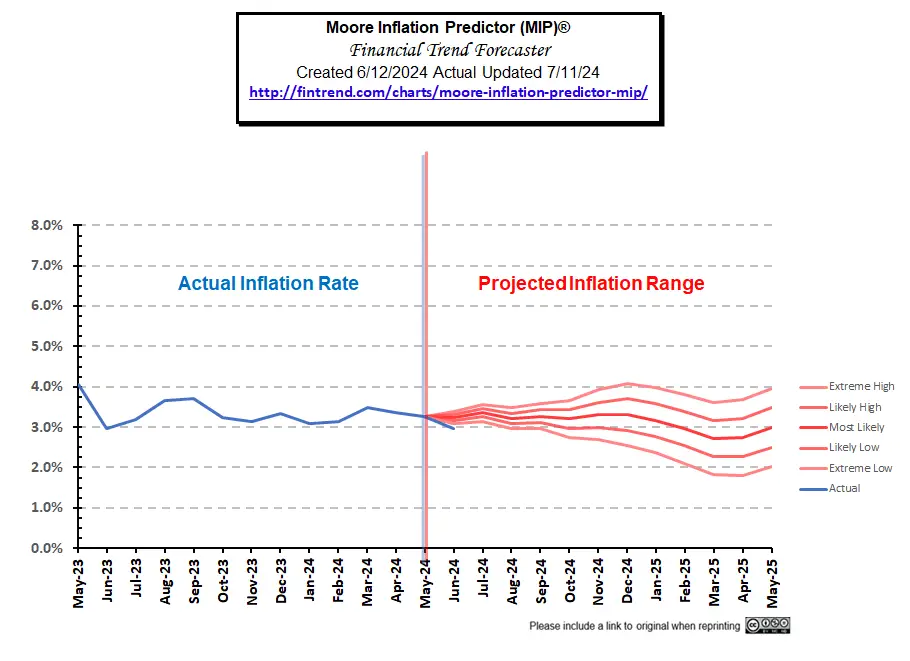
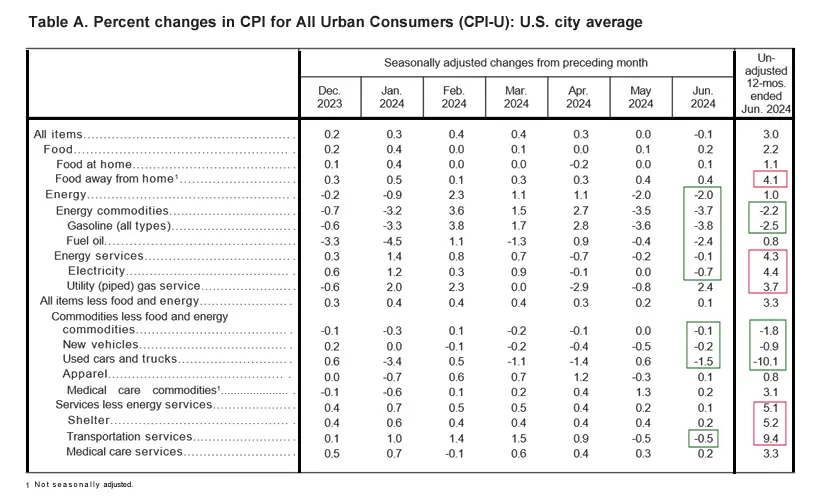
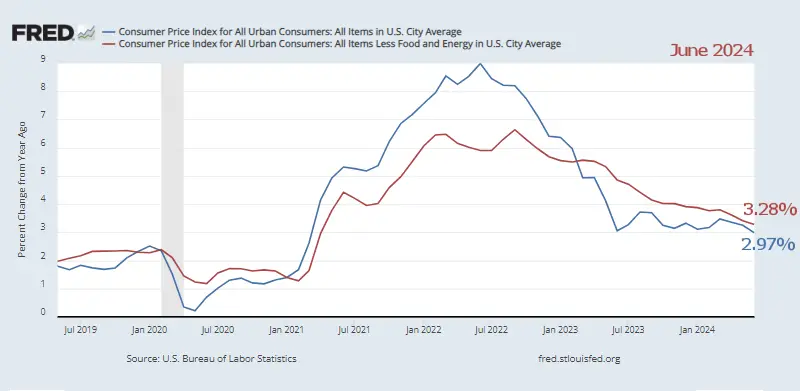
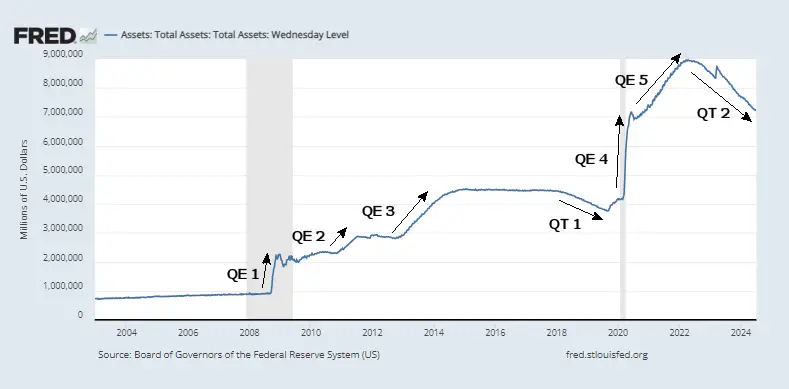
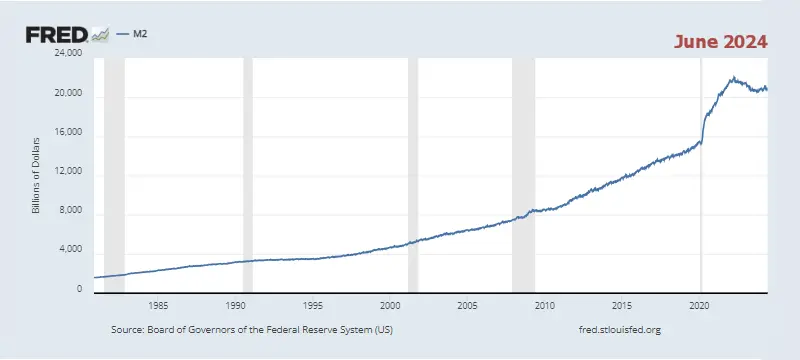
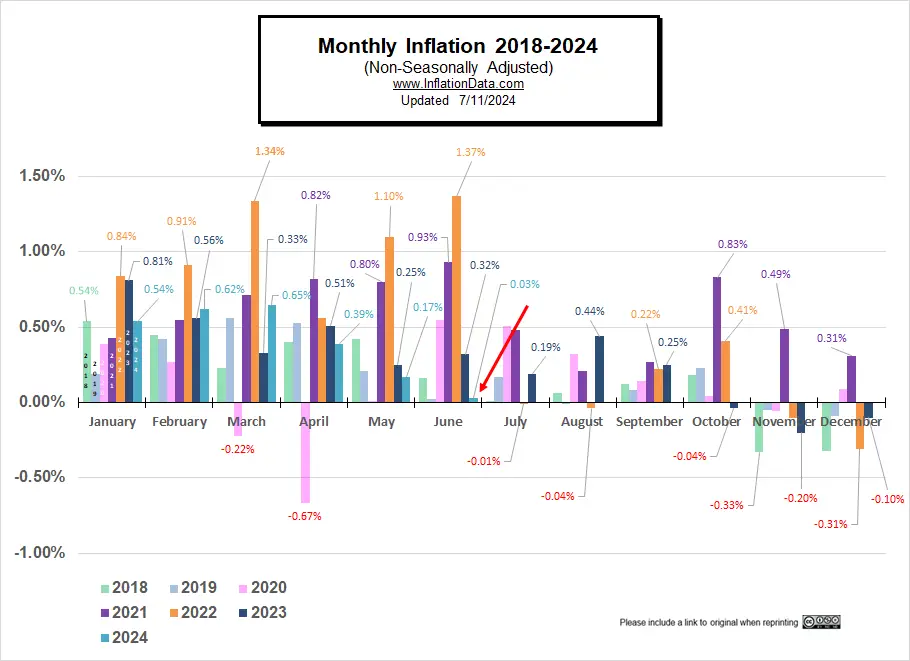
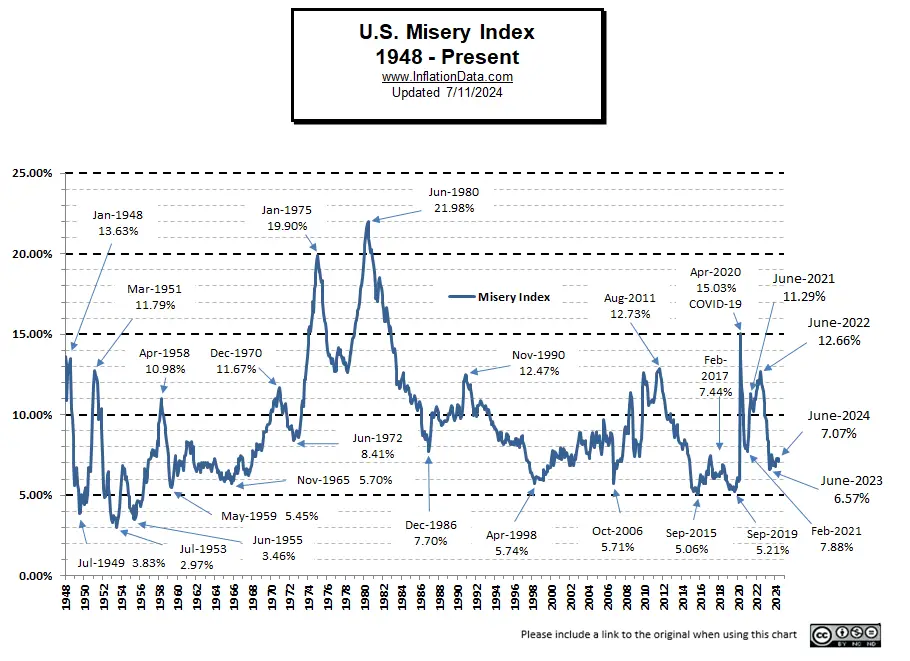
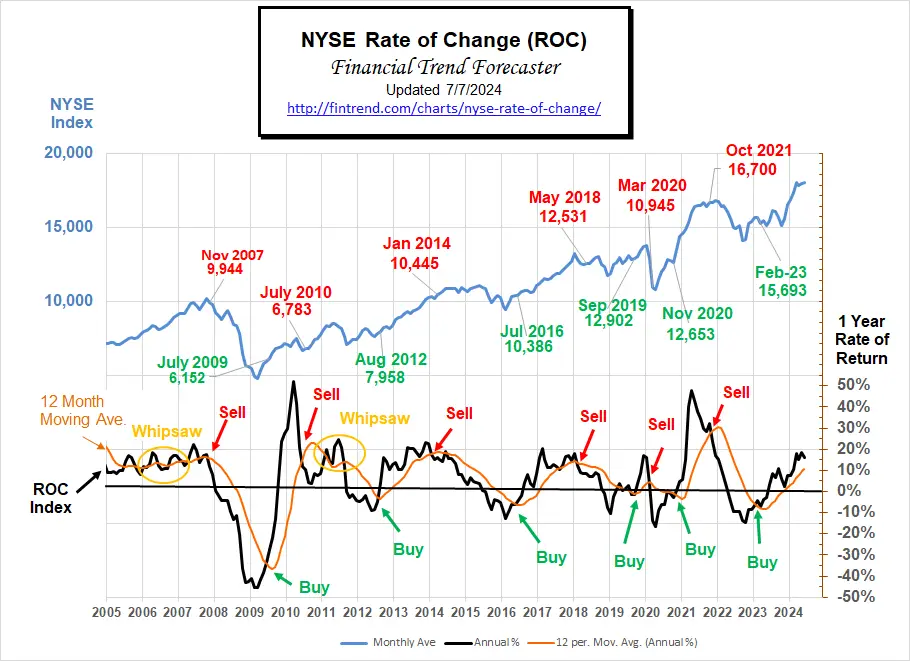
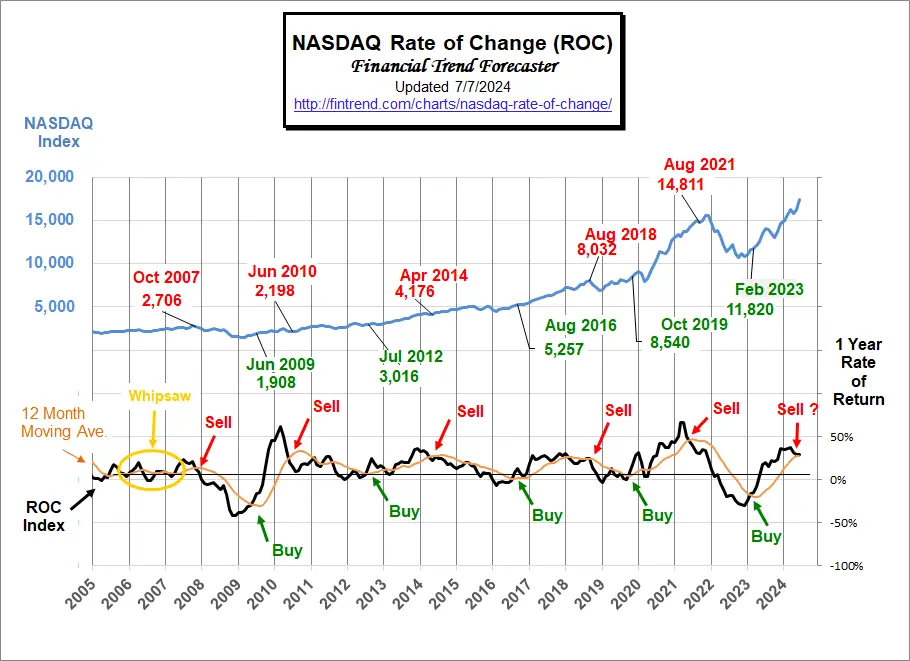
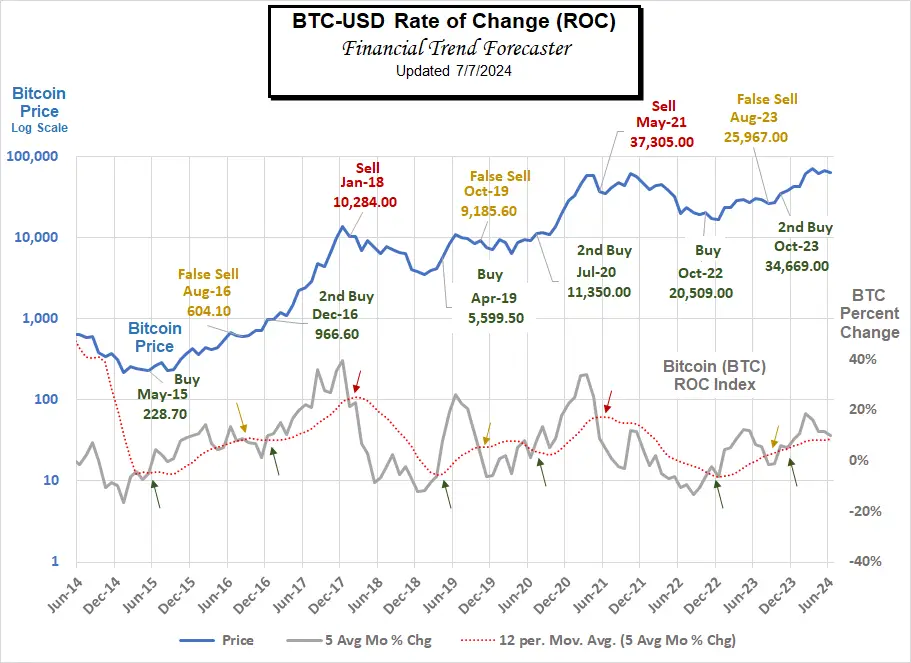

Leave a Reply